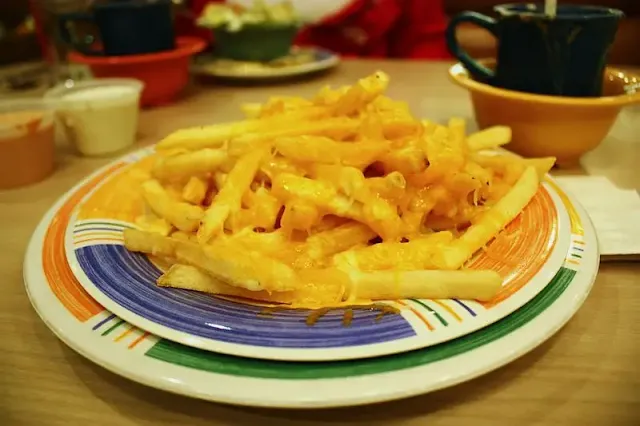Introduction:
On July 13th, people around the world gather to celebrate National French Fry Day, a tribute to one of the most beloved and iconic snacks. French fries, also known as chips or frites, have become a staple in many cuisines, delighting taste buds with their crispy exterior and fluffy interior. In this blog post, we will take a deep dive into the world of French fries, exploring their history, variations, culinary techniques, and the cultural significance of this universally adored treat.
Section 1: Origins and Evolution of French Fries
- Discuss the debated origin of French fries, highlighting various theories including claims from Belgium and France.
- Trace the historical timeline of fried potatoes, from their early beginnings to their popularity in Europe and eventual spread to the Americas.
Section 2: Culinary Techniques and Preparation
1. Traditional Hand-Cut Fries:
- Detail the process of hand-cutting fries from whole potatoes, including selecting the right potato variety, cutting techniques, and the importance of double frying for achieving a crispy texture.
2. Shoestring Fries and Thin-Cut Variations:
- Explore the art of creating shoestring fries and other thin-cut variations, discussing specialized equipment and techniques for achieving uniform thickness and crispy results.
3. Crinkle Cut and Waffle Fries:
- Describe the unique characteristics of crinkle cut and waffle fries, including the specialized tools used to create their distinctive textures.
4. Seasonings and Dips:
- Highlight the wide variety of seasonings and flavorings used to enhance French fries, such as salt, spices, herbs, truffle oil, or cheese.
- Discuss popular dipping sauces and condiments, from classic ketchup and mayonnaise to more exotic options like aioli, curry sauce, or chili.
Section 3: Global Variations and Cultural Significance
1. Belgian Fries:
- Examine the significance of Belgian fries, known as "frites," in Belgian cuisine and culture.
- Discuss the tradition of serving frites with various sauces and the popularity of friteries (fry stands) in Belgium.
2. Poutine:
- Explore the iconic Canadian dish, poutine, which combines French fries with cheese curds and gravy.
- Discuss the origins, regional variations, and the cultural importance of poutine in Canadian cuisine.
3. Freedom Fries and Cultural Influence:
- Discuss the controversial renaming of French fries to "Freedom Fries" in the United States in the early 2000s and its connection to political tensions.
- Highlight the global popularity and cultural influence of French fries, from street food vendors to fast-food chains.
Section 4: Health Considerations and Alternatives
- Address the nutritional aspects of French fries, discussing their high calorie and fat content.
- Suggest healthier alternatives, such as oven-baked fries, sweet potato fries, or using alternative root vegetables like zucchini or carrots.
Section 5: French Fries in Popular Culture
- Explore the presence of French fries in popular culture, including their depiction in movies, television shows, and advertising.
- Discuss memorable moments involving French fries and their role as a comfort food and symbol of indulgence.
Section 6: French Fries as Culinary Inspiration
- Examine how French fries have inspired creative culinary creations beyond the traditional form, such as loaded fries, poutine variations, and gourmet fry dishes.
Conclusion:
National French Fry Day celebrates the humble yet irresistible French fry, a snack that has captivated the world with its delicious simplicity. From its debated origins to its global variations and cultural significance, French fries have secured their place as an iconic culinary delight. So, on this special day, indulge in your favorite variation, savor the crispy goodness, and pay homage to the lasting legacy of the French fry.






0 Comments